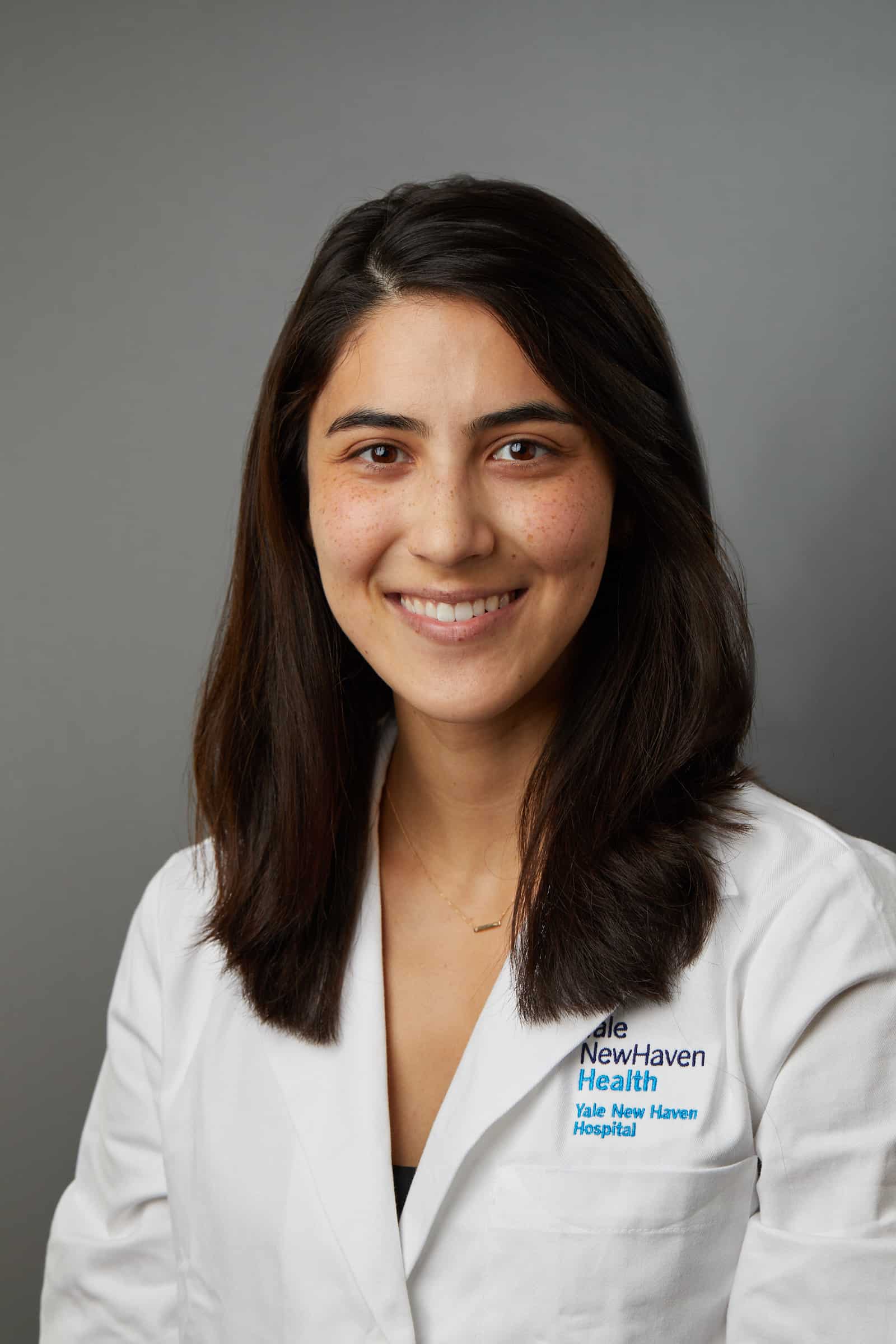Although cannabis remains illegal in many parts of the United States, 33 states have approved medical cannabis programs as of March 2020. “With the likely expansion of medical cannabis across the US, it’s important to identify whether patients with gynecologic malignancies may have symptomatic relief while using this treatment,” says Gary Altwerger, MD. Unfortunately, research is lacking on the efficacy of cannabis to manage various cancer-related symptoms and have not yielded data specific to those using cannabis obtained from medical dispensaries.
A Society of Gynecologic Oncology clinical practice statement notes there is a paucity of literature regarding the indication, use, and effects of medical cannabis in this patient population. “As restrictions on cannabis use continue to be eased, more research is needed to help guide gynecologic oncologists in their clinical practice and management of women with gynecologic malignancies who may benefit from medical cannabis,” says Dr. Altwerger.
A Closer Look
For a study published in Gynecologic Oncology Reports, Dr. Altwerger, Emily Webster, and colleagues surveyed 31 women with gynecologic cancers who were prescribed medical cannabis by a gynecologic oncologist. Respondents, most of whom had stage III or IV disease, completed a 43-item survey to explore their experiences with medical cannabis. “Of note, 75% of patients in our study either never used cannabis before the study or tried it only once in the past,” Dr. Altwerger says.
Among participants, 83% perceived medical cannabis to be effective in relieving cancer- and treatment-related symptoms, according to Dr. Altwerger. “Respondents reported using medical cannabis for a variety of reasons, including decreased appetite, insomnia, and neuropathy,” he says (Figure). “Most patients used medical cannabis to manage more than one symptom. We also found that the majority of patients felt medical cannabis was equivalent or superior in efficacy to other traditional medications, like opioids and anxiolytics, for cancer-related symptoms. Furthermore, the majority felt the side-effect profile was better or equal to these other therapies.”
About two-thirds of patients who used medical cannabis for pain reported a reduction in opioid use. “That patients felt they needed less opioids when using medical cannabis is important from a population health perspective as the fight against the opioid epidemic continues,” says Webster. Dr. Altwerger says the finding that medical cannabis was associated with less neuropathy is also critically important. “Neuropathy can be a difficult side effect of chemotherapy and has a serious impact on quality of life,” he says. “In severe cases, it can cause patients to stop or change chemotherapy. Medical cannabis use may help mitigate the need to change therapy by relieving this symptom.”
Important Implications
The study data suggest that medical cannabis may be a reasonable alternative or can serve as an adjunct to medications frequently used for cancer- or treatment-related symptoms. “Our findings emphasize the need to keep treating patients holistically,” says Webster. However, Dr. Altwerger laments that although this is a helpful finding for patients, “unfortunately, we lack randomized controlled trials to guide our use of medical cannabis, preventing medical cannabis from becoming a universally accepted treatment across the US”
With more research, Dr. Altwerger hopes that data will emerge to inform discussions on what is known about medical cannabis so patients with gynecologic cancer can choose what is right for them. “Grassroots efforts are needed to overcome stereotypes and preconceived notions associated with medical cannabis,” he says. “Another hindrance is the legal restriction from the government’s classification of cannabis as a Schedule 1 substance, along with heroin and ecstasy. We hope our study will show how medical cannabis can benefit our patients. These data serve as a springboard for future randomized control trials in medical cannabis. We have a duty to offer evidence-based recommendations to guide this type of therapy.”



